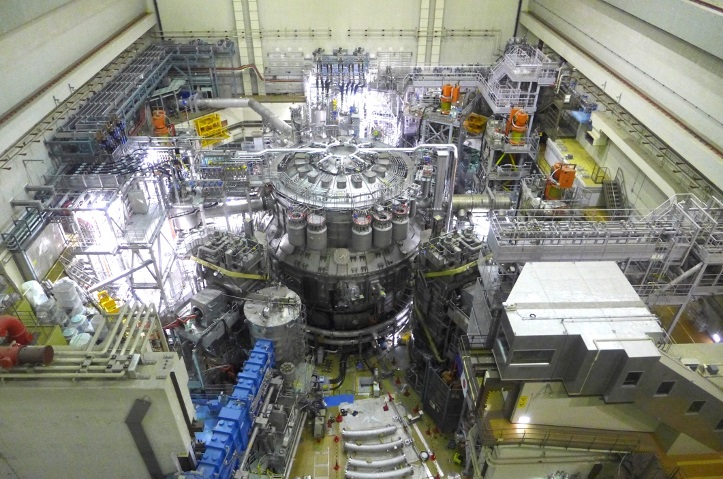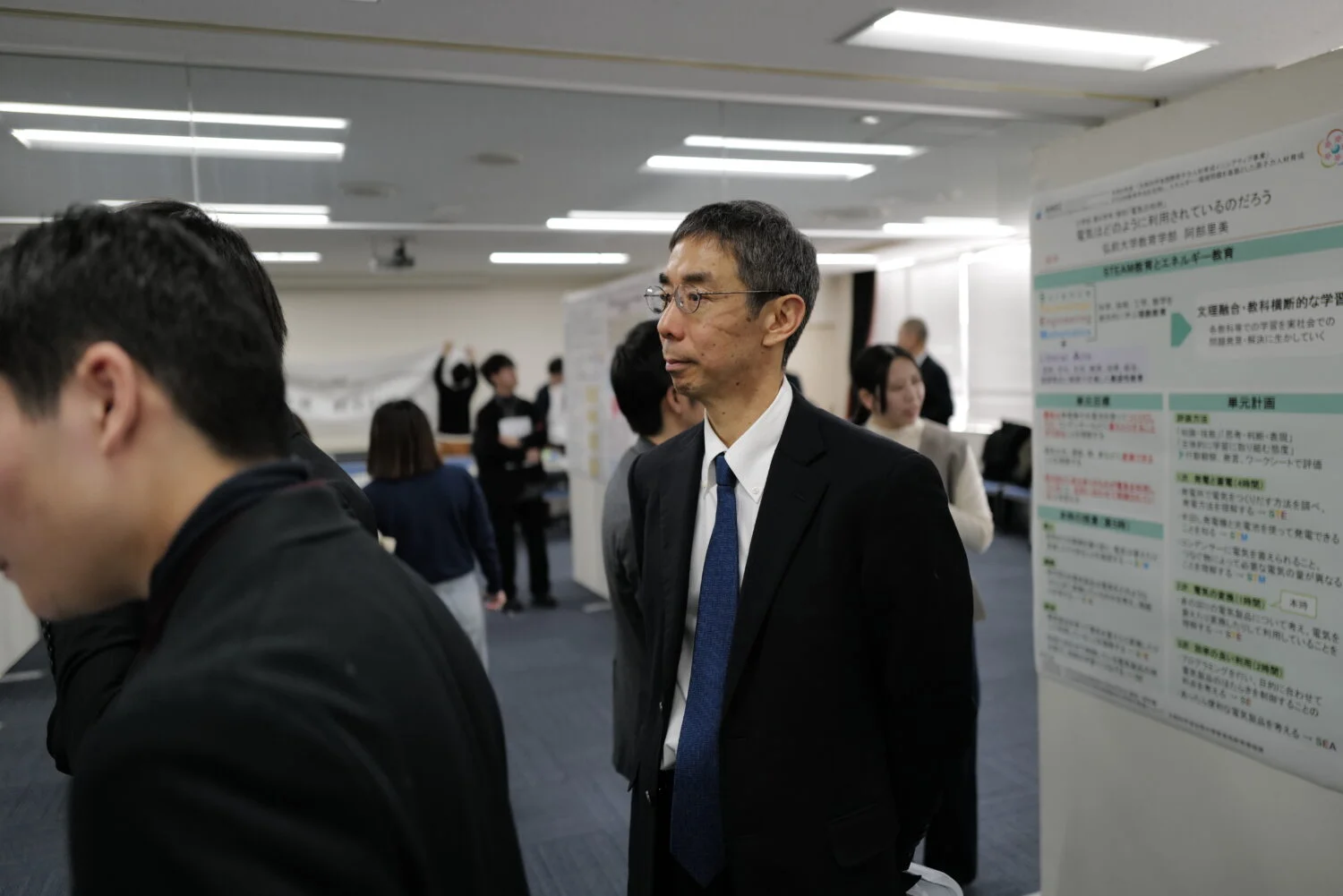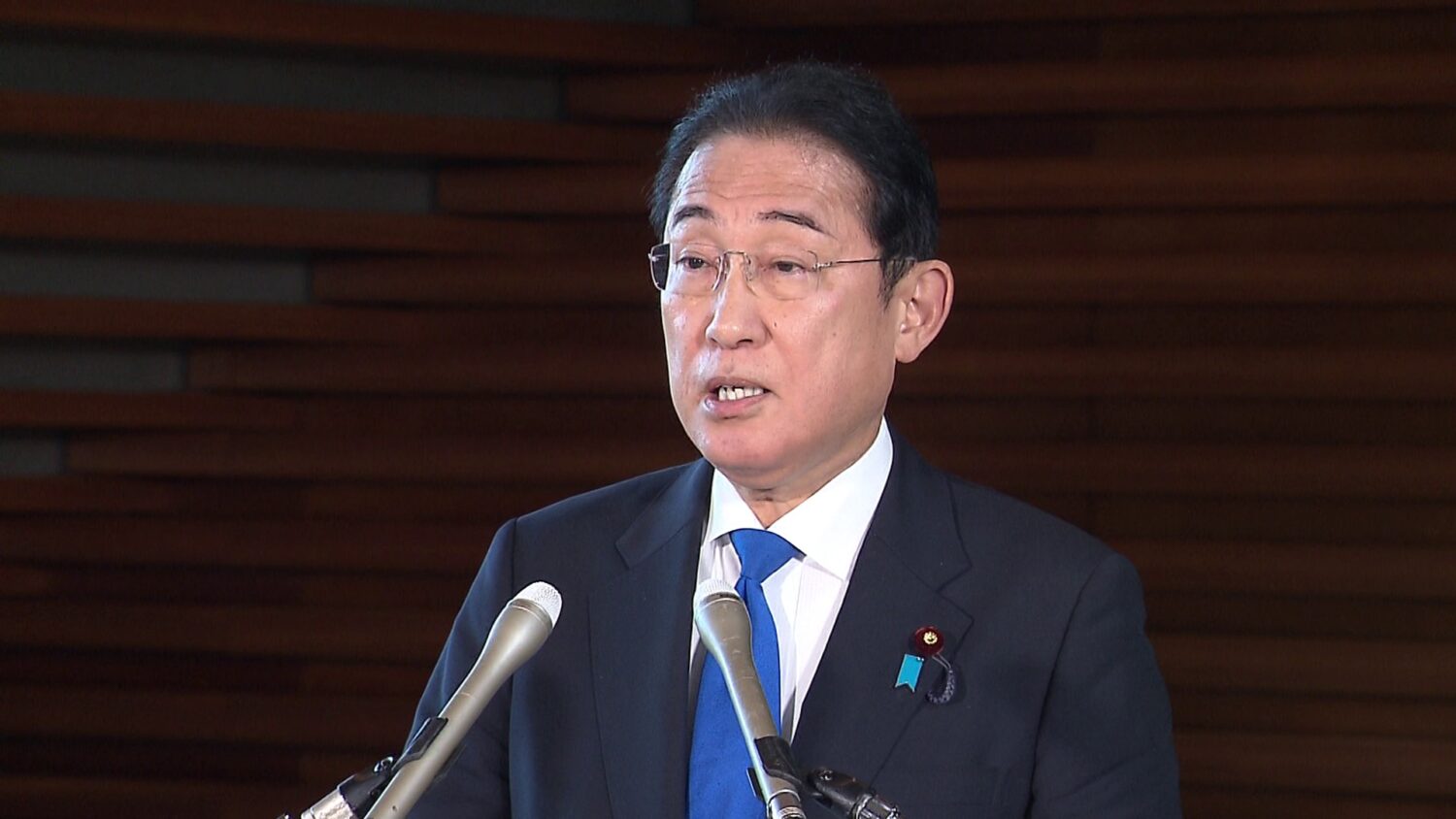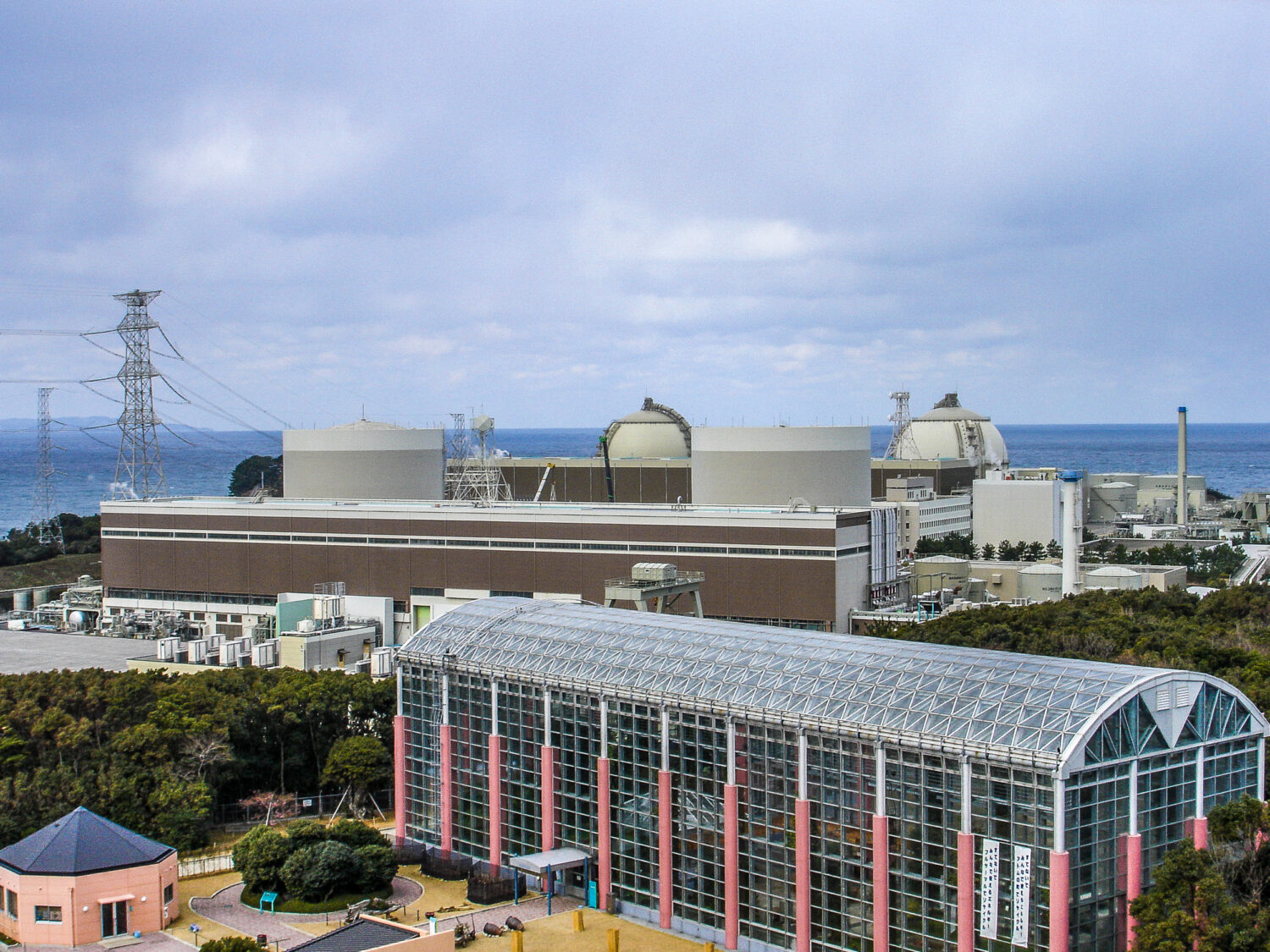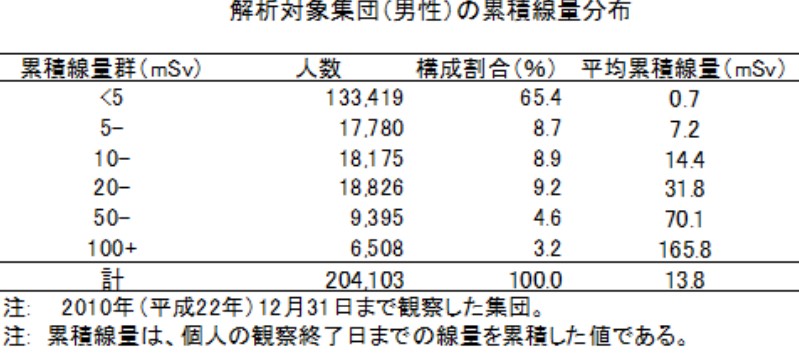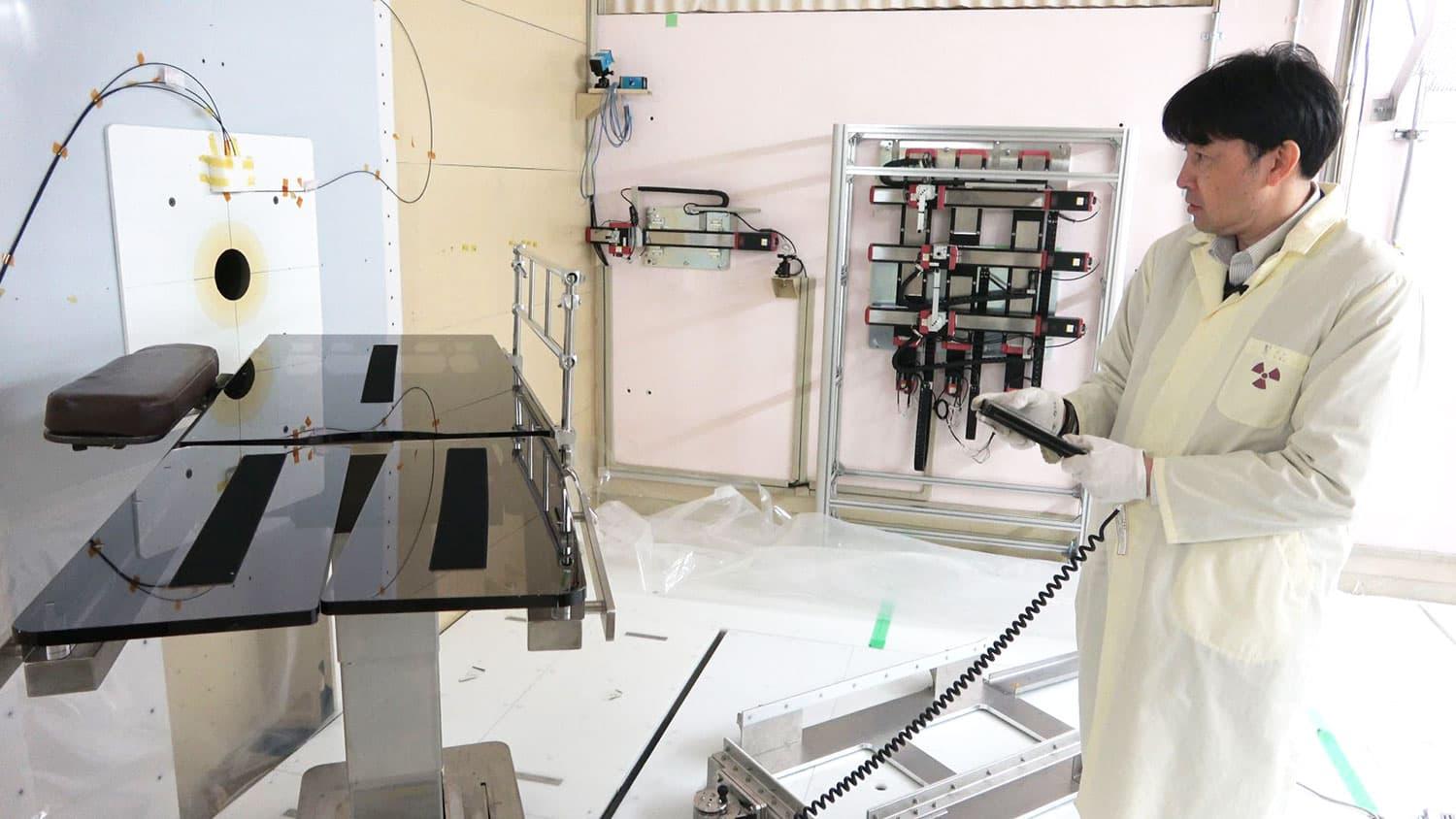Worldwide, some 431 nuclear power plants (NPPs) are in operation, with a total capacity of 468,930MW, three units and 989MW less (including changes to output) than in the previous report. During 2021, seven new NPPs, representing 8,291MW of capacity, were completed in China, Belarus, Pakistan and the United Arab Emirates (UAE). In the same period, ten NPPs, 9,368 MW, were closed in Germany, Pakistan, the UK, Russia, Taiwan and the United States. In China, India, Russia and Turkey, construction was launched of ten NPPs, 9,874 MW, bringing the total number of NPPs under construction to sixty-two, 66,874MW, with seventy more units, 79,700MW, categorized as being planned. In China during 2021, three new NPPs were completed and construction started on another six, illustrating the nuclear enthusiasm in that country.
SMRs are again specifically taken up in the report. Studies and negotiations are increasing globally toward government-led support for the development and introduction of such reactors, as well as international cooperation and business overseas.
Regarding the effective use of existing NPPs, operating lifetimes for most NPPs in the United States had already been extended by twenty years, from the original forty to sixty. In Canada and France, major improvement works have been undertaken in anticipation of extending the operating lifetimes of existing NPPs. In Japan, Mihama-3 resumed operation as the first Japanese NPP to operate beyond forty years. Inasmuch as the effective use of existing reactors is the most economical way of providing low-carbon electricity, extensions of operating lifetimes are expected increasingly, on the premise of ensured safety.
The total generated electricity by all NPPs nationwide in Japan in 2021 was 63.997TWh, at a capacity factor of 22.1%, up from the previous year by 42.3% and 6.6%, respectively.


